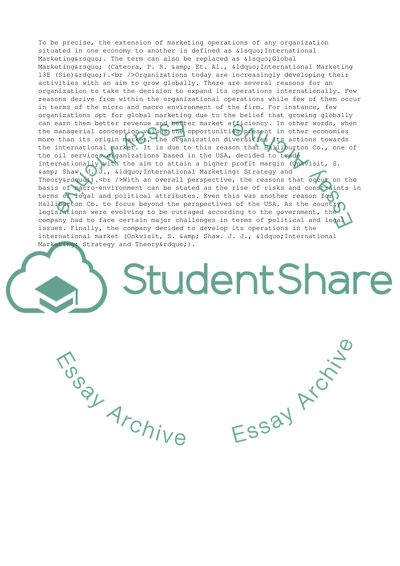Cite this document
(Understanding Business Functions Coursework Example | Topics and Well Written Essays - 1750 words, n.d.)
Understanding Business Functions Coursework Example | Topics and Well Written Essays - 1750 words. https://studentshare.org/business/1747547-understanding-business-functions
Understanding Business Functions Coursework Example | Topics and Well Written Essays - 1750 words. https://studentshare.org/business/1747547-understanding-business-functions
(Understanding Business Functions Coursework Example | Topics and Well Written Essays - 1750 Words)
Understanding Business Functions Coursework Example | Topics and Well Written Essays - 1750 Words. https://studentshare.org/business/1747547-understanding-business-functions.
Understanding Business Functions Coursework Example | Topics and Well Written Essays - 1750 Words. https://studentshare.org/business/1747547-understanding-business-functions.
“Understanding Business Functions Coursework Example | Topics and Well Written Essays - 1750 Words”. https://studentshare.org/business/1747547-understanding-business-functions.


